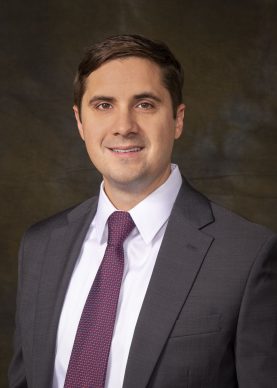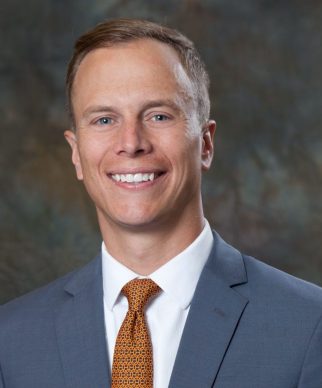Diagnosis and Treatment of Throwing Injuries of the Elbow in Wake County
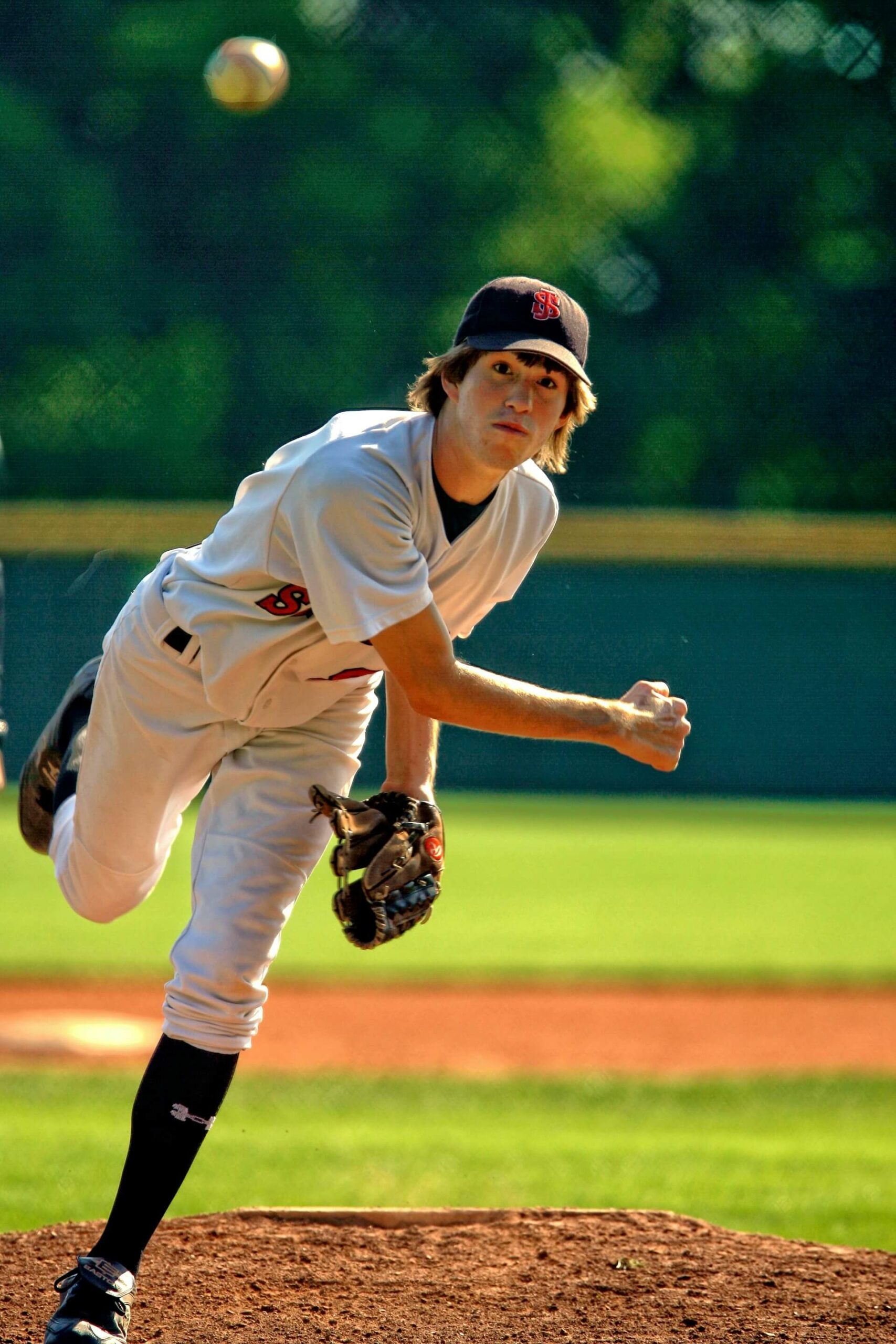
What is a Throwing Injury of the Elbow?
Overhand throwing causes extremely high levels of stress on the elbow. Unlike an acute injury that results from a fall or collision, throwing athletes (such as baseball pitchers) face repetitive stress on the elbow, which can lead to serious overuse injury. An overuse injury happens gradually over time. Most times, overuse injuries develop when an athletic movement is repeated without enough time to rest and heal in between games or practices.
The elbow joint is where three bones in your arm meet: the upper arm bone (humerus) and the two bones in your forearm (radius and ulna). It is a combination hinge (the part of the joint that lets the arm bend and straighten) and pivot (the part that lets the lower arm twist and rotate) joint. At the upper end of the ulna is the olecranon, the bony point of the elbow. On the inner and outer sides of the elbow, thicker ligaments (collateral ligaments) hold the elbow joint together and prevent dislocation. The ligament on the inside of the elbow is the ulnar collateral ligament (UCL). It runs from the inner side of the humerus to the inner side of the ulna, and must withstand extreme stresses as it stabilizes the elbow during overhand throwing. Several muscles, nerves, and tendons cross at the elbow as well. The flexor/pronator muscles of the forearm and wrist begin at the elbow and work to stabilize it during throwing. The ulnar nerve crosses behind the elbow and controls the muscles of the hand.
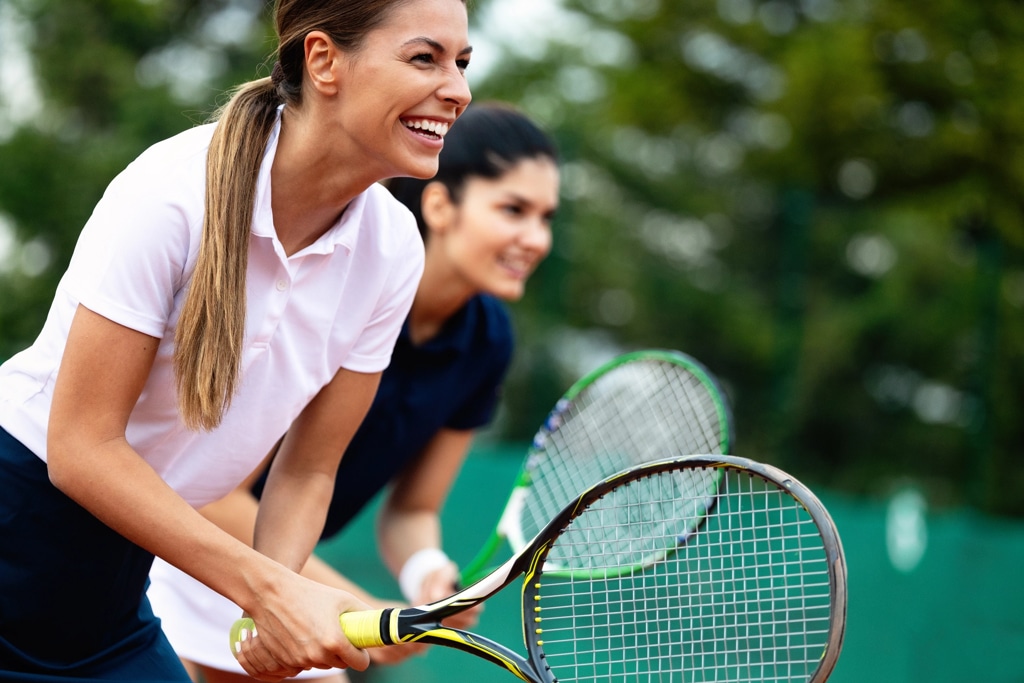
Common Elbow Injuries
The three main types of elbow fractures include an olecranon fracture, a radial head fracture, and a distal humerus fracture, each having its own distinct characteristics and symptoms.
Flexor Tendonitis
In cases of flexor tendonitis, the flexor/pronator tendons are irritated and inflamed where they attach to the humerus bone on the inner side of the elbow. Athletes will experience pain on the inside of the elbow when throwing, and if the inflammation is severe, pain will also occur during rest.
Ulnar Collateral Ligament (UCL) Injury
The most common injury in throwers is a UCL injury, which can range from minor damage and inflammation to a complete tear of the ligament. Athletes will have pain on the inside of the elbow and frequently notice decreased throwing velocity.
Valgus Extension Overload (VEO)
During the throwing motion, the olecranon and humerus bones are twisted and forced against each other. Over time, this can lead to VEO; a condition where the protective cartilage on the olecranon is worn away and abnormal overgrowth of bone (bone spurs or osteophytes) develop. Throwing athletes will experience swelling and pain in the area of contact between bones.
Olecranon Stress Fracture
The olecranon is the most common location for stress fractures in throwers. Stress fractures occur when muscles become fatigued and are unable to absorb added shock, causing the muscles to transfer the overloaded stress to the bone. This can lead to tiny cracks in the bones. Athletes will notice pain over the surface of the olecranon on the underside of the elbow. Pain is worse during throwing activity and occasionally occurs during rest.
Ulnar Neuritis
The ulnar nerve is stretched repeatedly around the bony bump at the end of the humerus, causing irritation of the nerve. The nerve can even slip out of place, causing painful snapping. Throwers will notice pain that resembles electric shocks starting at the inner elbow and running along the nerve as it passes into the forearm. Numbness, tingling, or pain may occur during or immediately after throwing and sometimes persists during periods of rest. Ulnar neuritis can also occur in non-throwers, who frequently notice the same symptoms when first waking up in the morning or when holding the elbow in a bent position for prolonged periods.
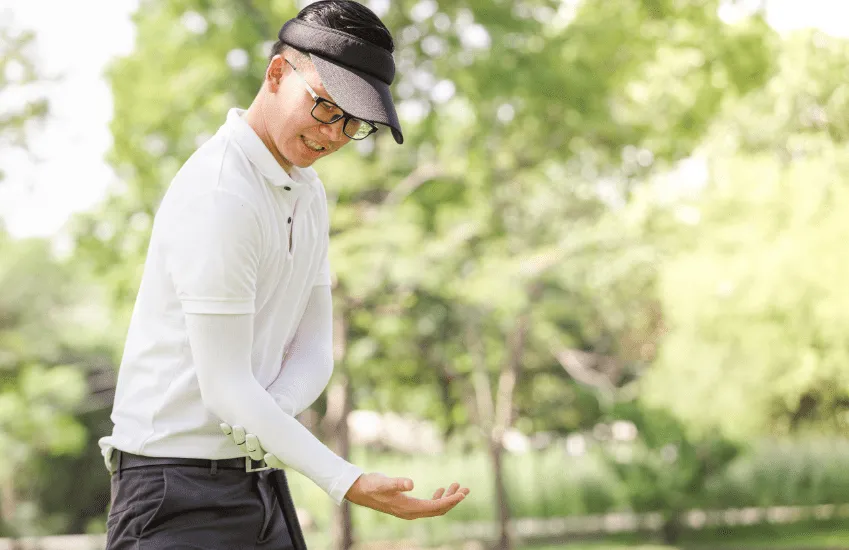
Causes of Elbow Injuries in Athletes
Although elbow injuries most commonly occur in pitchers, they can be seen in any athlete who participates in repetitive overhand throwing. When athletes throw repeatedly at high speeds, the repetitive stress can lead to a wide range of overuse injuries.
Problems most often occur at the inside of the elbow because considerable force is concentrated over this part of the arm during throwing. In many cases, pain will resolve when the athlete stops throwing. It is uncommon for these injuries to occur in non-throwers.
Symptoms of an Injured Elbow
Prompt and thorough treatment of elbow injuries is crucial for athletes of all kinds. If you notice any of the following symptoms during or after playing your sport, you may be facing an elbow injury and should seek proper orthopedic care.
- Pain during or after throwing
- Limited ability to throw or decreased throwing velocity
- Numbness or tingling of the elbow, forearm, or hand
How are Throwing Injuries of the Elbow Diagnosed?
If an athlete is suspected of suffering an elbow injury due to throwing, a doctor will perform a physical exam. They will look at the forearm and ask the athlete to move their fingers, hand, and wrist. After asking about the pain and determining the movements that cause the most pain, a doctor should have enough information to diagnose pitcher’s elbow, tennis elbow, golfer’s elbow, or other elbow injuries. If necessary, a doctor may also recommend X-rays if more information is required, or to rule out other potential injuries.
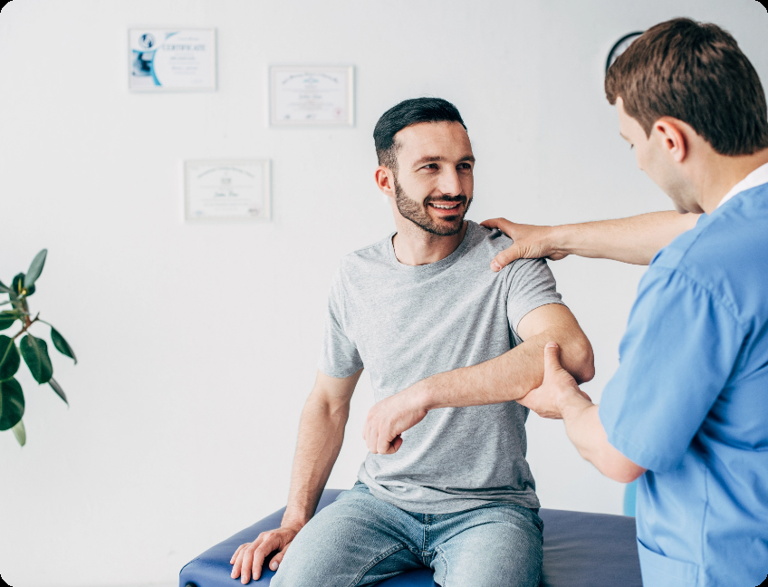
Treatment for Elbow Fractures at Raleigh Orthopaedic
In most cases, nonsurgical techniques can be used to treat throwing injuries of the elbow. These techniques may include:
- Short periods of rest
- Physical therapy
- Change of throwing mechanics
- Anti-inflammatory medications, such as ibuprofen
If painful symptoms are not relieved by nonsurgical methods and an athlete wishes to continue throwing, surgical treatment may be necessary. Surgical options include:
- Arthroscopy: Bone spurs on the olecranon and any loose fragments of bone or cartilage within the elbow joint can be removed arthroscopically. During arthroscopy, the surgeon inserts a small camera into the elbow joint and uses images to guide miniature surgical instruments.
- UCL reconstruction: Athletes with an unstable or torn UCL are candidates for this surgical procedure, often referred to as “Tommy John Surgery.” To surgically repair the UCL and restore elbow strength and stability, the ligament is reconstructed as the physician replaces the torn ligament with a tissue graft. This graft acts as scaffolding for a new ligament to grow on. In most cases, the ligament can be reconstructed using one of the patient’s own tendons.
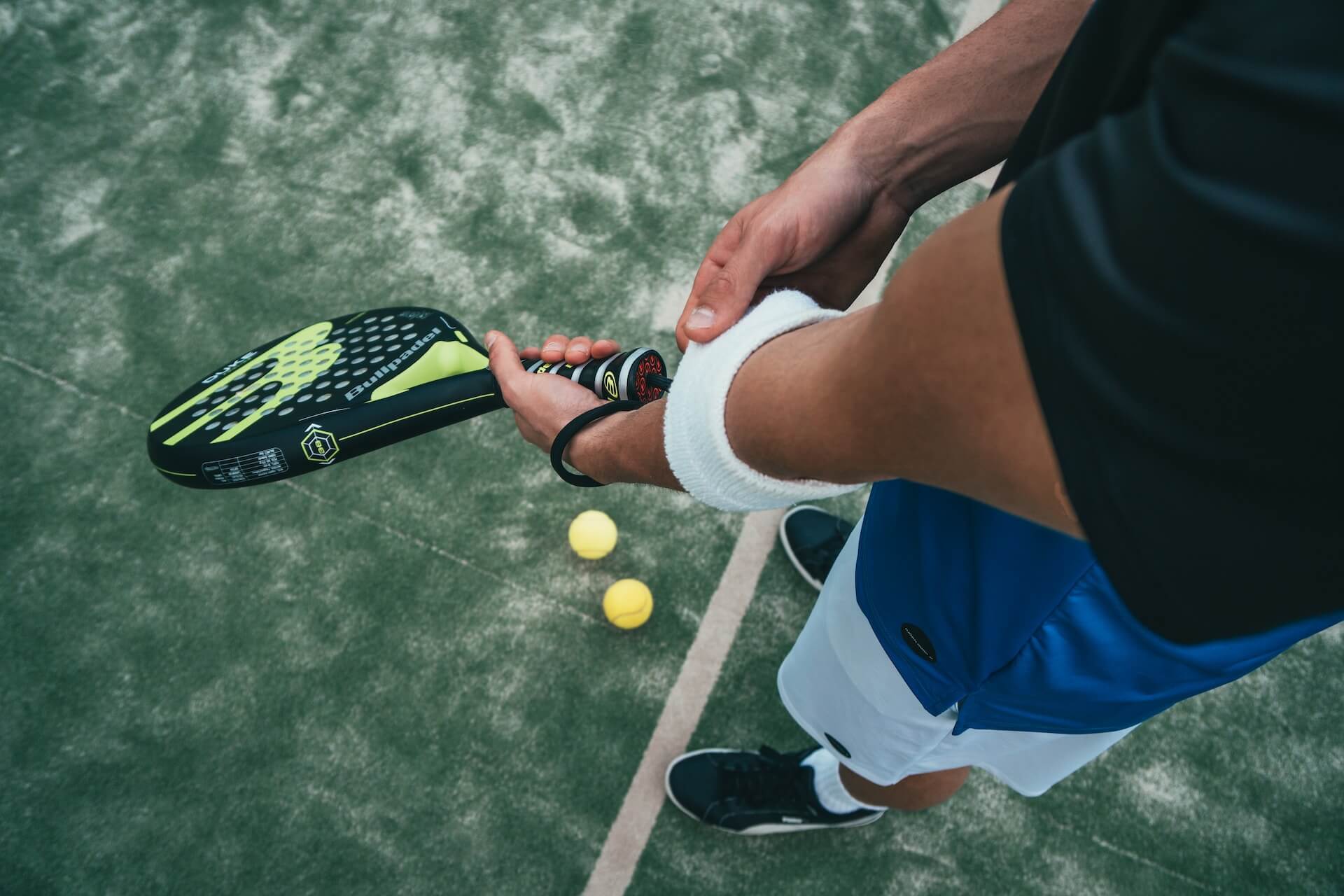
Recovery Time for Athletes with an Elbow Injury
If nonsurgical treatment is effective, the athlete can usually return to throwing in six to nine weeks. If surgery is required, recovery time will vary, depending on the procedure performed. If UCL reconstruction is performed, it may take six to nine months or more to return to competitive throwing.
How Can Athletes Prevent Elbow Injuries?
Proper conditioning, technique, and recovery time can help to prevent throwing injuries in the elbow. You should be sure to seek prompt medical attention if you believe you have injured your arm or elbow while playing your sport, as proper treatment is key to a full recovery. At our Raleigh Orthopaedic performance centers, we utilize physical therapy, athletic training, exercise physiology, and more to help athletes thrive.

Schedule an Appointment for Orthopedic Care in Wake County
Your well-being is important to us. Raleigh Orthopaedic is Wake County’s oldest and most experienced orthopedic practice, serving the Triangle and surrounding regions of central North Carolina since 1919. We help athletes and non-athletes alike live and move more comfortably, ensuring that all treatment options are considered and fully explained to each patient. To schedule an appointment with one of our orthopedic specialists in Wake County, please give us a call or book online today. We look forward to serving you!

